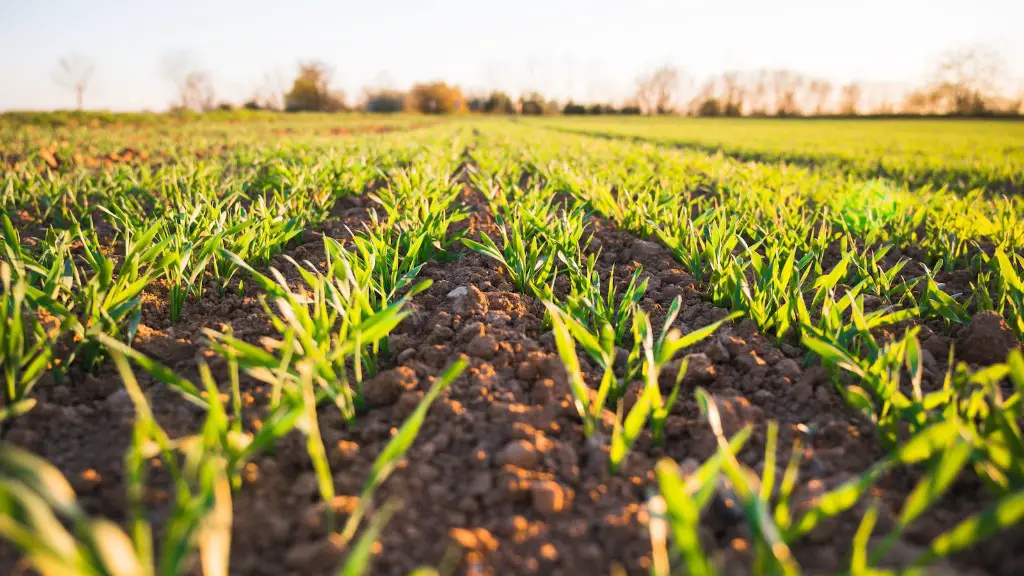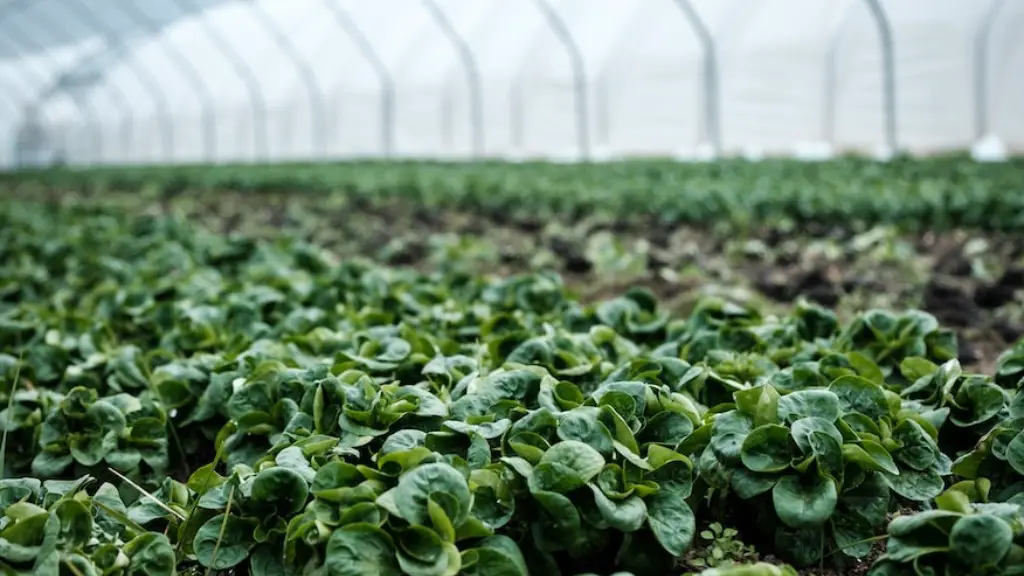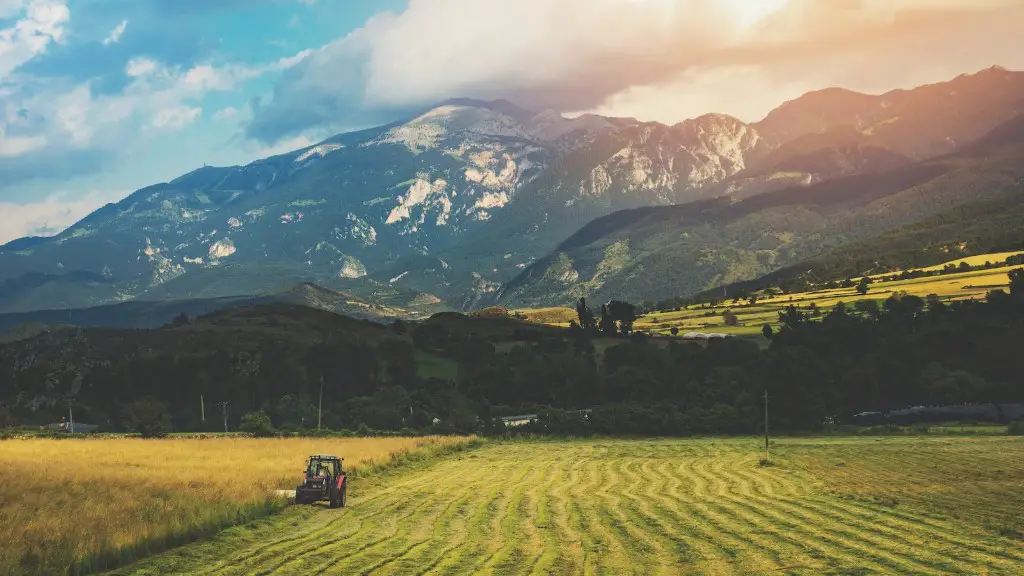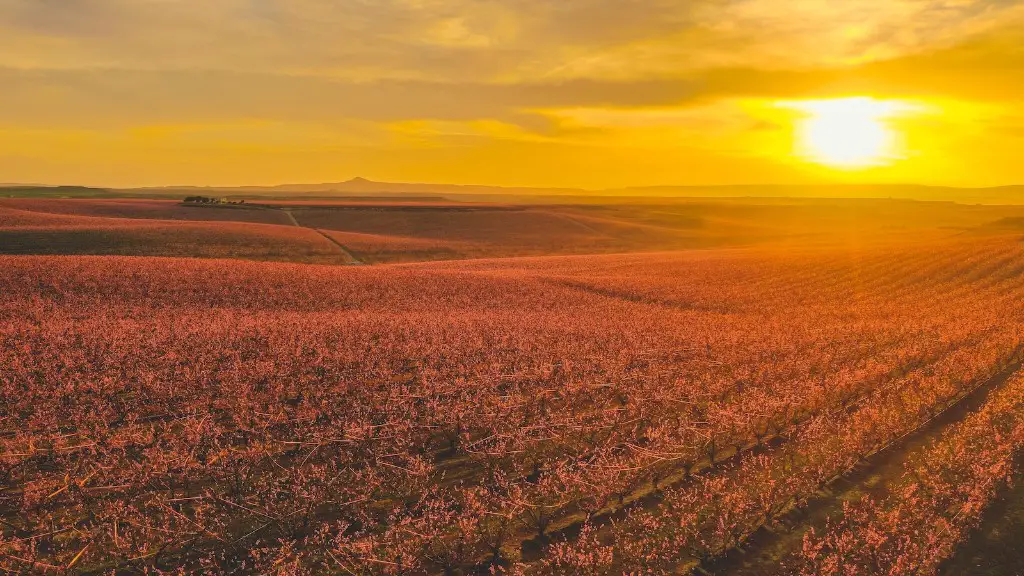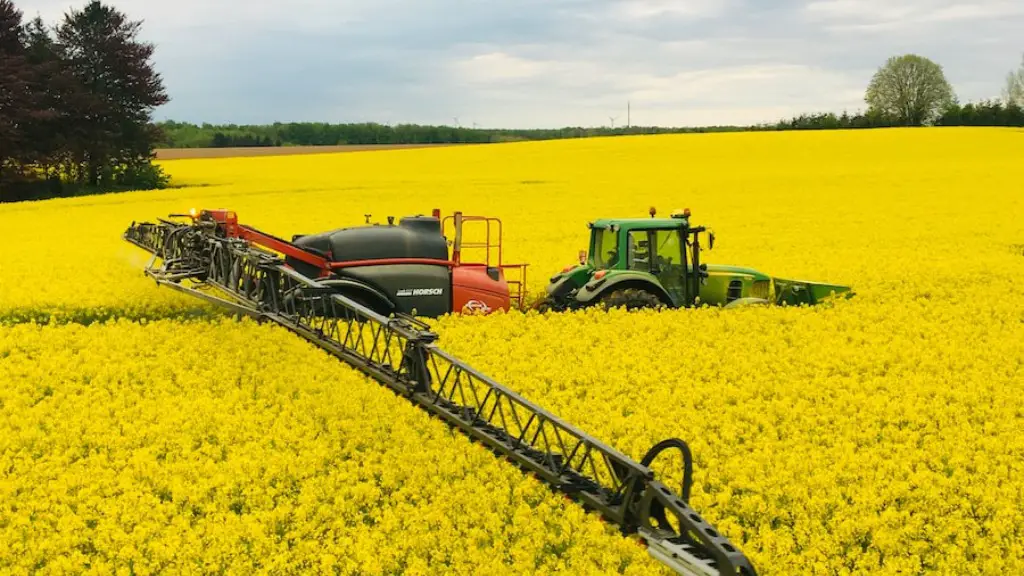Agriculture and fishing are two distinct but interrelated industries. While the former is land-based and includes tilling, plant cultivation, harvesting and animal husbandry, fishing involves the capture of aquatic species such as fish, shellfish, and molluscs from their habitats in the ocean, rivers, and lakes. This begs the question: does agriculture include fishing?
Though agriculture does include activities like fish farming and aquaculture, these are significantly different from traditional fishing and are focused on aquatic species bred and kept in captivity in man-made tanks. As such, when it comes to production and economic activities, fishing is determined separately from agriculture.
In terms of industry-specific labeling, fishing falls under the ‘primary production’ sector which is distinctly different from the ‘primary agricultural production’ or the ‘primary horticultural production’ sectors. This is because fishing involves the procurement of aquatic animals which involves the expertise, labor and resources of the seafood industry.
Fishing is classified as a separate industry for taxation purposes too, with businesses and individuals enjoying different levels of tax exemptions. In terms of subsidies and government incentives, a clear delineation between the two activities is essential.
Overall, fishing is deemed to be a distinct industry from agriculture due to the data, taxation and legal regimes which govern the former. This is why initiatives like the Fishery Improvement Projects (FIP), which offer financial assistance to specific kinds of fishery businesses, are treated differently from agriculture businesses and initiatives.
Of course, the two industries have significant overlap when it comes to production and economic activities. For instance, aquaculture, which is the rearing, growing and harvesting of aquatic organisms, is considered a subset of agriculture as it primarily takes place on land and involves the same set of resources, tools and knowledge as terrestrial agriculture.
Hence, while it is true that agriculture does include fishing, it is only the specific activities related to the cultivation, breeding, and harvesting of aquatic species, such as aquaculture, that are considered to be agricultural activities.
Fishing Equipment
Fishing involves the use of specialized equipment like boats, navigation systems, nets and traps, as well as sonar or radar systems and other advanced technologies, which are used to locate, communicate and capture aquatic animals. This is different from the tools and resources used in agriculture, such as tractors and harvesting machines. Fishing, then, requires a distinct set of resources, technical know-how, and expertise which all add to its designation as a separate, distinct industry.
Fishing also involves specific activities such as trolling, seining, trawling, hook-and-line fishing, and other methods which are unique to the industry and not found in terrestrial agriculture. This underscores the unique nature of fishing and the distinct economic activities which it includes, which are thus treated differently from other forms of production, such as agriculture.
Furthermore, fishing is often seasonal and involves the procurement of specific species of fish, and this involves specific habitats and ecosystems and thus requires distinct expertise and knowledge. By contrast, agricultural activities are not seasonal and involve the rearing and harvesting of plants which take place on land and thus do not require the same level of specialized expertise and equipment.
Finally, when it comes to funding, both industries are subject to different rules and regulations. For example, funding for fishing businesses often require projected stock sizes, harvest estimates and analysis of other similar fishery practices. This involves data on the oceanographic, ecological, and economic environment of such activities, all of which are distinct from the information required for agricultural businesses.
Environmental Impact
In terms of environmental impact, fishing activity has a profound impact on aquatic ecosystems due to its large-scale operations which involve the capture of different species of fish. In fact, over-fishing has led to a dramatic depletion of certain fish stocks, particularly in certain parts of the world, and this underscores the need for stricter regulations, harvest quotas, and sustainable practices within the industry.
On the other hand, agriculture also has a huge impact on the environment due to the amount of land which it uses, as well as its use of chemicals, water, and other natural resources. Moreover, the use of industrial equipment, such as tractors, threshers, and other harvesting machines, has an additional impact on the environment.
Finally, when it comes to the potential for damage, agriculture has a far lesser impact on the environment than fishing activities. This is because the latter’s operations involve a host of destructive practices and large-scale operations that can damage the ocean floor and aquatic ecosystems in irreversible ways.
Ultimately, though agriculture does include some activities related to fishing, such as aquaculture, the two industries are separate and have different governing systems, production methods, and economic activities. As such, they are governed by their respective industry regulations, legal regimes, and taxation systems.
Economic Benefits
The economic benefit derived from fishing is huge, and for a variety of good reasons. First, the harvesting of aquatic species caters to an ever growing demand for seafood which is not just a high-value product but an essential source of protein for many countries around the world.
Moreover, fishing is also an important industry for communities which live in close proximity to water bodies, as it offers jobs, income, and economic development opportunities. This is especially true of areas which have limited agricultural land and therefore rely heavily on fishing for sustenance and income.
Finally, fishing activity is also intimately linked to the tourism industry. Coastal towns, ports, and resorts benefit greatly from its presence, and many tourist attractions are based around fishing activity and activity related to the sea, such as boat trips and other recreational activities.
Overall, though fishing and agriculture have significant crossover when it comes to economic activities, they both provide important economic benefits which are distinct from each other.
Regulatory Framework
Fishing activities are subject to a strict set of regulations and laws designed to protect the environment and to ensure the sustainability of fish stocks. These regulations are distinct from the ones which are applied to terrestrial agriculture and are designed to ensure that all fishing operations abide by the respective industry rules and regulations.
In the case of the European Union, for instance, the Common Fisheries Policy (CFP) sets a framework for the management and exploitation of all fishing activities within the continent which is different from the rules and regulations governing agricultural activities. This framework is specifically designed to protect the environment and ensure that fishing activities are sustainable and non-destructive.
Meanwhile, countries have different approaches to fishing activities. For example, in the United States, the Magnuson-Stevens Act is a federal statute which sets the rules and regulations governing fishing operations, while the federal Farm Bill sets the rules and regulations governing agricultural activities.
Overall, then, fishing and agriculture are subject to different regulations and laws which are based on their respective industry characteristics and requirements.
Legal Interventions
When it comes to legal interventions, fishing activities require different interventions from terrestrial agriculture, as fishing activities are often based on the exploitation of natural resources. This is why companies involved in such activities are subject to different laws and regulations from terrestrial agriculture businesses.
For instance, in the US, fishing companies are subject to the Magnuson-Stevens Act, which sets out the rules and regulations for fishing in the US, as well as separate laws and regulations for individual states. This is distinct from the Farm Bill, which regulates agricultural activities.
On the other hand, the legal framework governing terrestrial agriculture involves different laws, regulations and incentives, such as subsidies and incentives for farmers, which are distinct from those governing fishing activities.
Finally, when it comes to legal interventions, the respective industry also plays a role. For example, fishing activities are often subject to local laws and regulations which vary from one country to another. In terms of environmental protection, fishing activities are subject to the law of the sea, which is distinct from the laws governing agricultural activities.
Overall, then, while agriculture does include some activities related to fishing, the two industries are distinct and subject to different legal interventions.
Technology in Fishing
Finally, when it comes to technology, fishing involves the use of technology in a range of different ways. For instance, advanced sonar and radar technology are used to detect and capture aquatic species, while GPS and other satellite technology is used to determine the location of fishing grounds.
Furthermore, advanced communications technology is also used in fishing, such as the use of cellular phones, VHF radios, and other data transmission systems, which are used to track and monitor fishing activity. In contrast, agriculture does not require such specialized technology as its activity takes place primarily on land.
Moreover, fishing involves the use of advanced machinery such as fishing vessels, nets, and other equipment which are not required in agriculture. These tools and resources typically require different levels of expertise and knowledge to operate, and they are thus seen as distinct economic activities.
Finally, the extraction and delivery of resources, such as energy sources, fuel and equipment, require different technologies which are specific to the fishing industry. Similarly, fishing vessels are often equipped with sophisticated navigation systems which are used to locate and communicate with other fishing vessels and to ensure the sustainability of fishing stocks.
Overall, fishing requires a distinct set of technological tools and resources which are different from those used in terrestrial agriculture. This underscores the distinct nature of the two industries and their respective production activities.
